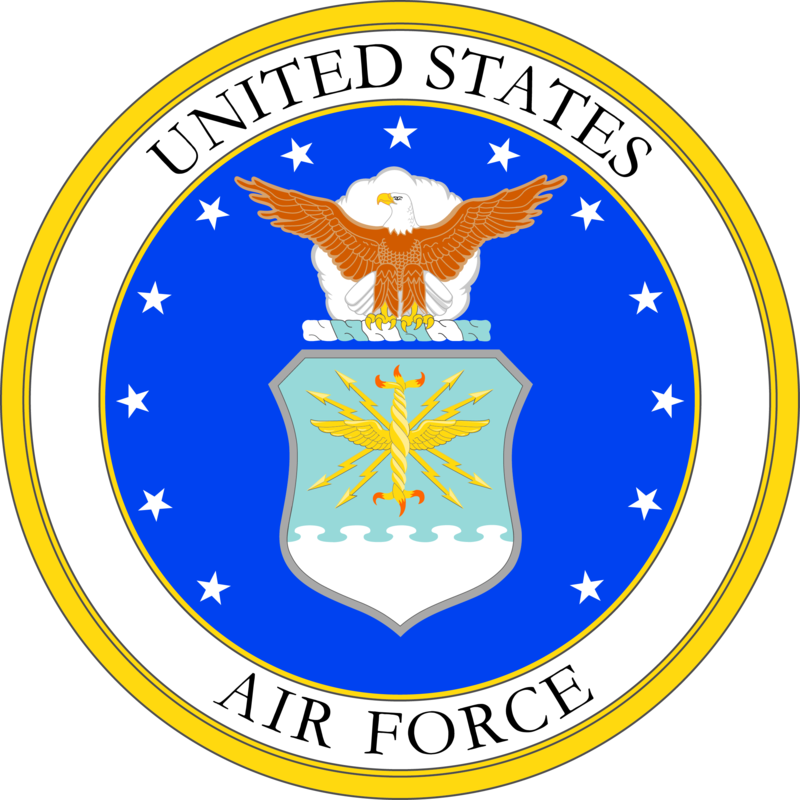ABOUT 731ST RADAR SQUARDON
- Formation and Activation: The 731st Radar Squadron was activated on 21 May 1951 as part of the United States Air Force’s Air Defense Command during the early years of the Cold War.
- Primary Mission: Its main role was to operate long-range radar installations, providing early warning and airspace surveillance against potential Soviet bomber threats to North America.
- Location: The unit was stationed at Sundance Air Force Station, near Sundance, Wyoming, a strategic site chosen for its elevation and ability to monitor large airspace sectors.
- SAGE System Integration: In 1961, the squadron became part of the Semi-Automatic Ground Environment (SAGE) system, a revolutionary computerized network that improved air defense coordination across the continent.
- Radar Technology: The squadron operated several radar models during its service, including the AN/FPS-3, AN/FPS-20, and AN/FPS-6, which were cutting-edge for their time.
- Height-Finder Capability: The AN/FPS-6 radar allowed the squadron to determine not just the range and bearing of aircraft, but also their altitude, which was critical for intercept missions.
- 24/7 Operations: Personnel at the 731st worked in shifts to ensure continuous monitoring of American airspace, regardless of weather or time of day.
- Deactivation: The squadron was inactivated on 1 March 1970 as part of a broader realignment and drawdown of air defense resources due to the changing nature of the Soviet threat and advancements in missile technology.
- Legacy and Preservation: Some of the original radar site infrastructure at Sundance AFS remains, and the unit is remembered by veterans and local historians for its role in Cold War defense.
- Unit Motto and Insignia: While not widely publicized, the squadron, like many Air Force units, had its own unique insignia and esprit de corps, fostering camaraderie among its members stationed in remote and challenging conditions.

